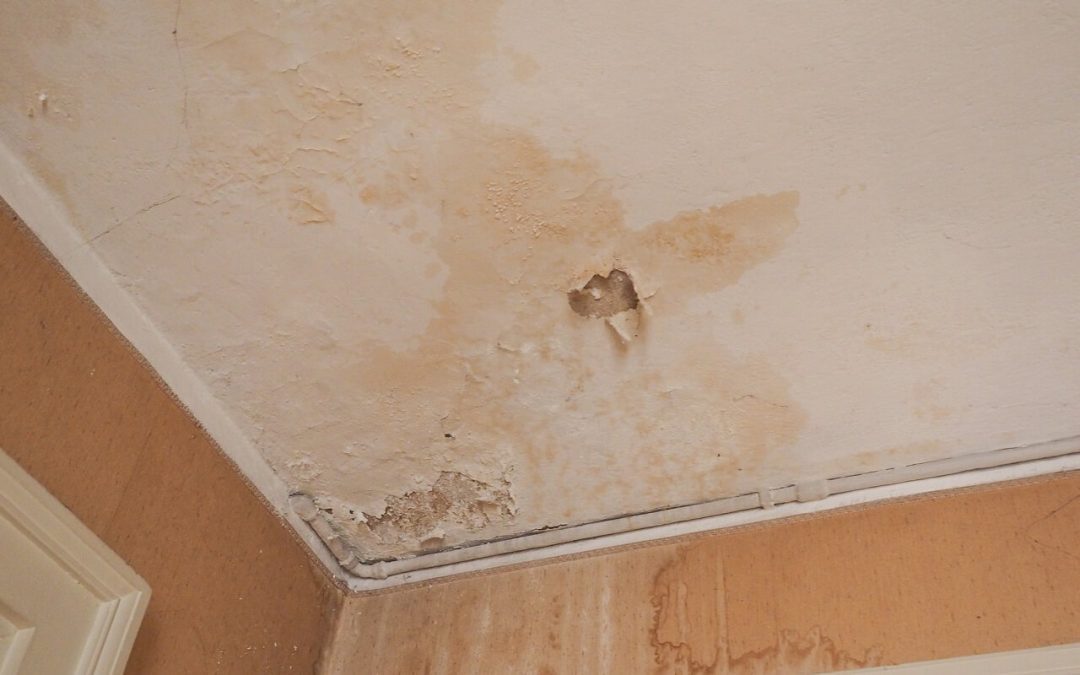Water damage in your home can happen at any time, without warning, and often it quickly gets out of control. If you have residential water damage or suspect there is a problem with moisture in your house, here are a few things you can do to mitigate the damage and restore your property.
Determine the Cause of Residential Water Damage
The source of water in your home might be obvious or it could require some investigation. Determining the cause is important for stopping the damage and planning for the necessary repairs.
In some situations, like when a plumbing pipe bursts or sudden severe weather occurs, insurance may cover the costs. Insurance is far less likely to pay if the damage is from a leak in the roof or condensation build-up from excess humidity.
Either way, once you have determined where the water is coming from, it is important to stop the water flow to mitigate the damage. If the flooding is due to the weather, contact your insurance provider first thing and be sure to document the damage with photographs before beginning cleanup.
What Type of Water?
When you realize there is water damage in your home, it’s important to know what kind of water it is. The type of water will dictate what must be done to repair the damage, what health risks exist for you and your family, and how expensive the recovery effort and repairs are.
1. Clean Water: This is uncontaminated water (rain, for example) that is safe for you to clean up without protective gear. This water damage is generally the least expensive to deal with, as it does not require any specific safety materials or protocols.
2. Gray Water: This is used water most often from sink pipes, dishwashers, washing machines, etc. You or your repair team will need to have safety equipment (such as waterproof boots, gloves, eye protection) and protocols in place.
3. Blackwater: Blackwater is from a septic system or from toilet drains. This water is contaminated and could make you or your family sick. Don’t try to DIY this type of water damage; call an expert. Repairs will be more expensive, as the contractors will need to take extra precautions.
Dry the Water Damaged Area
In cases of residential water damage, mold can grow in as few as 24 hours, and you don’t want the added cost and health risks of mold. To dry the areas, open windows and doors, turn on fans, and use a dehumidifier. The faster you can remove water from your home, the less long-term damage it will suffer.
Making quick assessments and taking steps to stop the flow of water will help you begin the process of recovering after a flood, burst pipe, or roof leak.
JVC Home Inspection offers inspection services, including mold testing, to our customers in Central Florida. Contact us to request an appointment.

